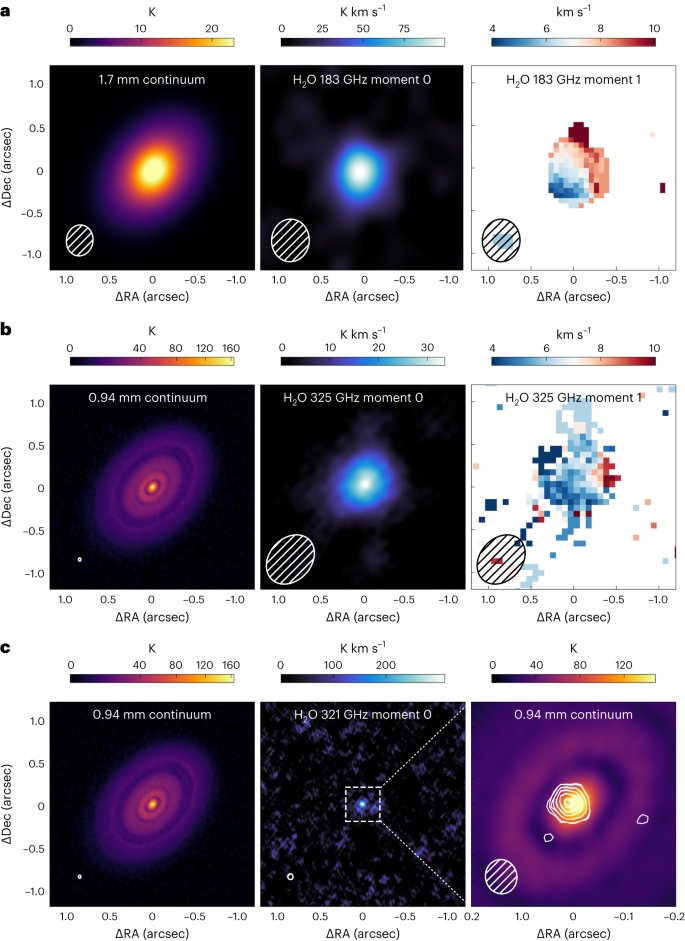2024-03-08 ペンシルベニア州立大学(PennState)
<関連情報>
- https://www.psu.edu/news/research/story/study-explores-impacts-arctic-warming-daily-weather-patterns-us/
- https://journals.ametsoc.org/view/journals/clim/37/3/JCLI-D-23-0389.1.xml
北極海の海氷減少予測による北米の日常的な気象パターンへの影響 Impacts of Projected Arctic Sea Ice Loss on Daily Weather Patterns over North America
Melissa Gervais,Lantao Sun, and Clara Deser
Journal of Climate Published:17 Jan 2024
DOI:https://doi.org/10.1175/JCLI-D-23-0389.1

Abstract
Future Arctic sea ice loss has a known impact on Arctic amplification (AA) and mean atmospheric circulation. Furthermore, several studies have shown it leads to a decreased variance in temperature over North America. In this study, we analyze results from two fully coupled Community Earth System Model (CESM) Whole Atmosphere Community Climate Model (WACCM4) simulations with sea ice nudged to either the ensemble mean of WACCM historical runs averaged over the 1980–99 period for the control (CTL) or projected RCP8.5 values over the 2080–99 period for the experiment (EXP). Dominant large-scale meteorological patterns (LSMPs) are then identified using self-organizing maps applied to winter daily 500-hPa geopotential height anomalies (Z′500) over North America. We investigate how sea ice loss (EXP − CTL) impacts the frequency of these LSMPs and, through composite analysis, the sensible weather associated with them. We find differences in LSMP frequency but no change in residency time, indicating there is no stagnation of the flow with sea ice loss. Sea ice loss also acts to de-amplify and/or shift the Z′500 that characterize these LSMPs and their associated anomalies in potential temperature at 850 hPa. Impacts on precipitation anomalies are more localized and consistent with changes in anomalous sea level pressure. With this LSMP framework we provide new mechanistic insights, demonstrating a role for thermodynamic, dynamic, and diabatic processes in sea ice impacts on atmospheric variability. Understanding these processes from a synoptic perspective is critical as some LSMPs play an outsized role in producing the mean response to Arctic sea ice loss.
Significance Statement
The goal of this study is to understand how future Arctic sea ice loss might impact daily weather patterns over North America. We use a global climate model to produce one set of simulations where sea ice is similar to present conditions and another that represents conditions at the end of the twenty-first century. Daily patterns in large-scale circulation at roughly 5.5 km in altitude are then identified using a machine learning method. We find that sea ice loss tends to de-amplify these patterns and their associated impacts on temperature nearer the surface. Our methodology allows us to probe more deeply into the mechanisms responsible for these changes, which provides a new way to understand how sea ice loss can impact the daily weather we experience.



